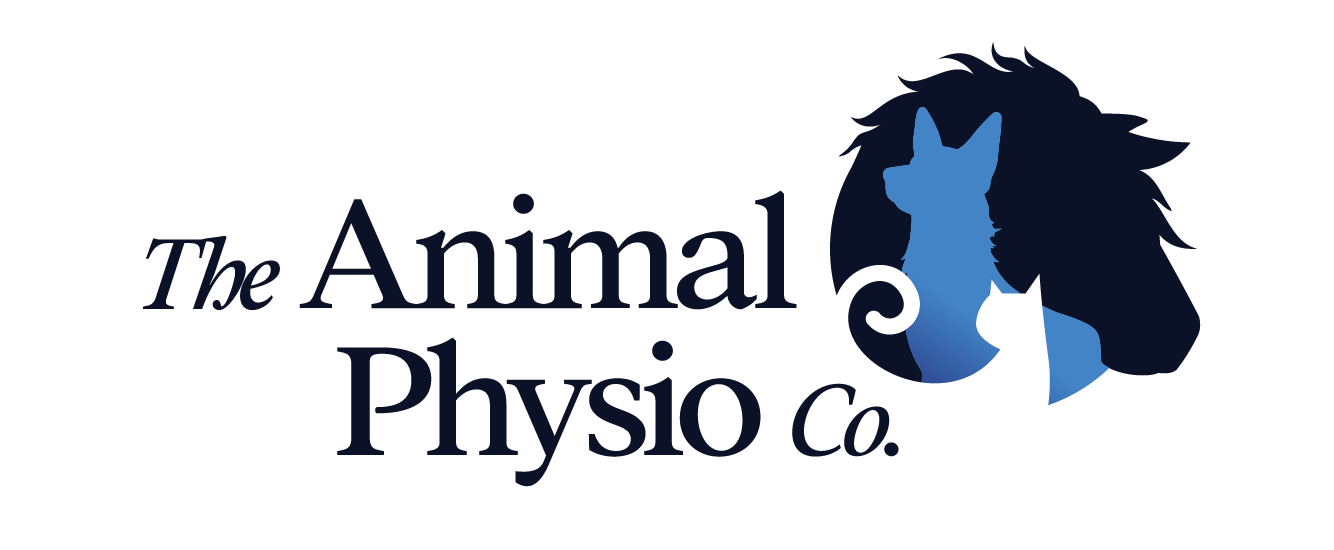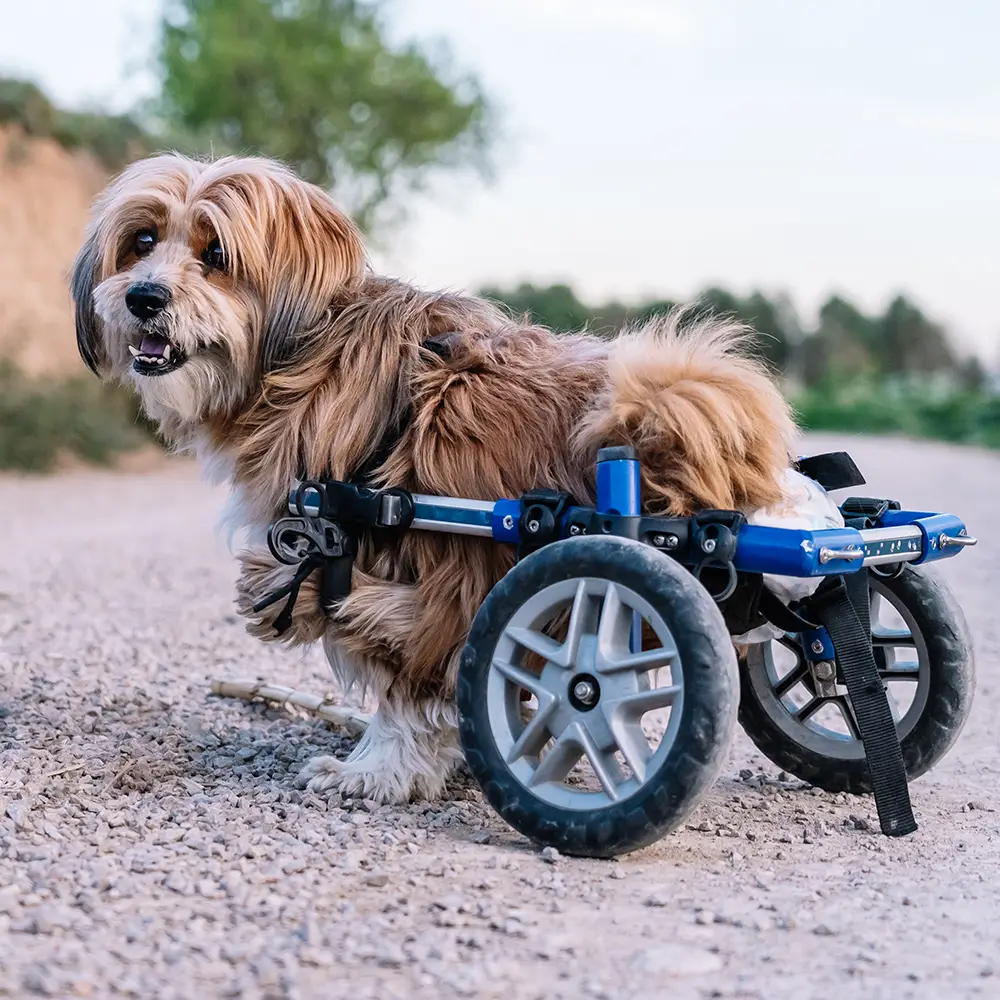As responsible pet owners, we always want what’s best for our four-legged friends. When it comes to their health and well-being, veterinary physiotherapy emerges as a game-changer. Many of us might associate physiotherapy with exercises and movement-based therapies, but the truth is, it’s so much more than that! In this article, we will explore the multifaceted approach of veterinary physiotherapy and discover the myriad ways it benefits our beloved animals beyond simple exercises. Understanding Veterinary Physiotherapy: The Holistic Approach Veterinary physiotherapy, also known as animal physiotherapy, adopts a holistic approach to address a wide range of musculoskeletal and neurological issues in animals. While exercises play a vital role in improving mobility and strength, the true essence of this therapy lies in its comprehensive nature.
- Pain Management and Relief Animals – just like humans, can experience pain due to injuries, medical conditions, or age-related issues. Veterinary physiotherapists are skilled in employing various techniques like massage, soft tissue mobilization, and manual therapy to provide pain relief and improve the animal’s comfort. These methods help in reducing inflammation, enhancing blood circulation, and releasing endorphins, natural pain-relieving hormones.
- Neurological Rehabilitation Veterinary – Physiotherapy is equally effective in treating neurological conditions. Therapists use specific techniques to stimulate and re-educate the nervous system, improving coordination, balance, and proprioception. This proves particularly helpful for animals with spinal cord injuries or neurological disorders.
- Use of Machines for Therapy – Incorporating alternative therapies, such as magnetic therapy and electrotherapy, is another aspect of veterinary physiotherapy. Electrotherapy uses electrical currents to aid in muscle stimulation and tissue repair, further enhancing the overall rehabilitation process.
- Tailored Treatment Plans – Each animal is unique, and a one-size-fits-all approach simply doesn’t cut it in veterinary physiotherapy. Therapists carefully assess the animal’s condition, medical history, and individual needs to create personalized treatment plans. This tailored approach ensures that the animal receives the most effective and appropriate care for their specific health challenges.
- Strengthening the Human-Animal Bond – Beyond the physical benefits, veterinary physiotherapy also strengthens the bond between pets and their owners. By actively participating in their pet’s rehabilitation, owners become more attuned to their needs and develop a deeper understanding of their furry companions. This emotional connection fosters trust and support during the treatment process, leading to a happier and more confident pet.
Veterinary physiotherapy encompasses a holistic range of techniques, surpassing mere exercises to provide a comprehensive and effective approach to animal rehabilitation. From pain management and hydrotherapy to neurological rehabilitation and alternative therapies, this multidimensional field caters to the diverse needs of our beloved pets. Embrace the wonders of veterinary physiotherapy and ensure your furry friend leads a fulfilling, pain-free life, full of joy, love, and wagging tails!




